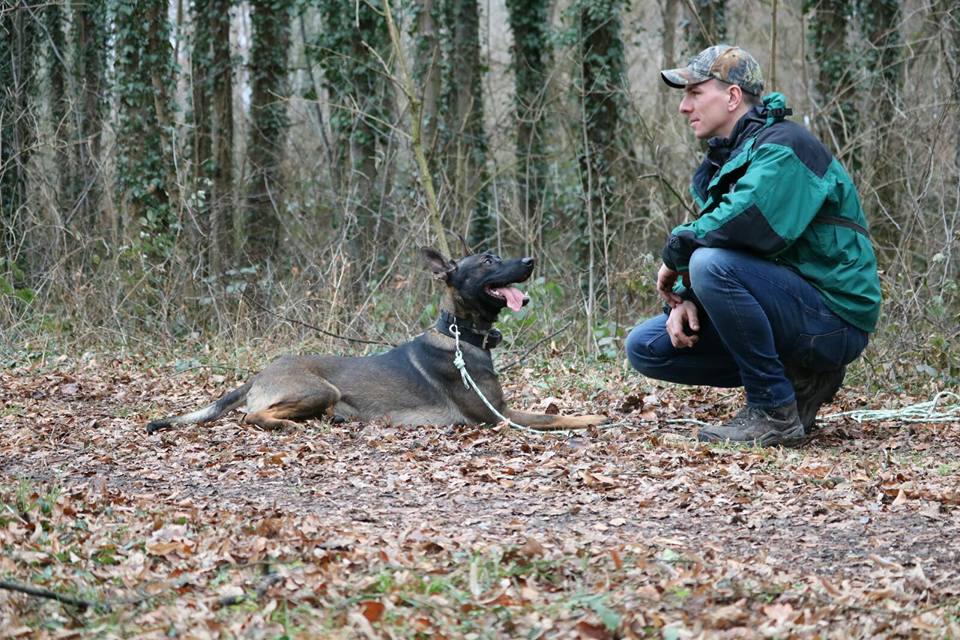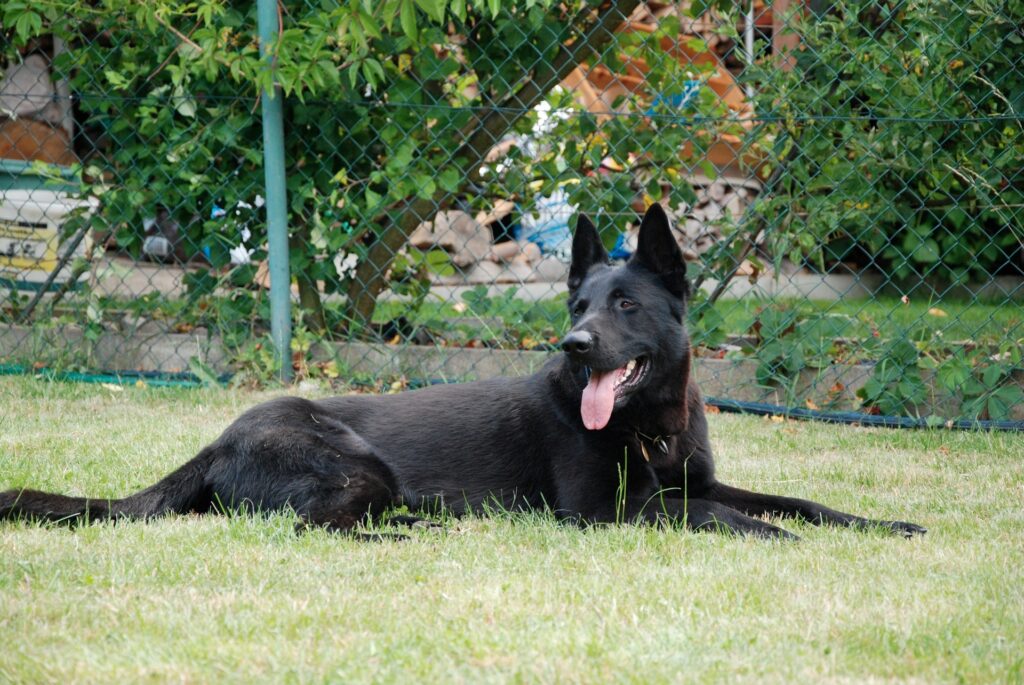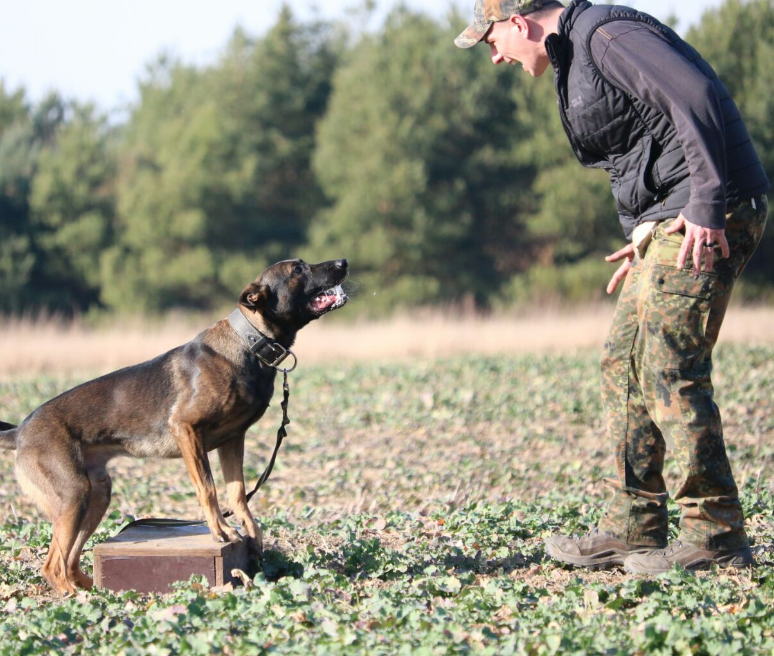
Introduction:
Crate training is a popular and effective method for housebreaking and providing a safe space for dogs. When done correctly, crate training can be a positive and comfortable experience for your furry friend. However, it’s important to understand the dos and don’ts of crate training to ensure that you’re using the method appropriately and in a way that promotes your dog’s well-being. In this blog post, we will explore the essential guidelines for crate training your dog to help you create a positive association with the crate and establish a routine that benefits both you and your canine companion.
The Dos of Crate Training:
Introduce the Crate Gradually:
Start by introducing the crate as a positive and inviting space. Place comfortable bedding, toys, and treats inside to make it appealing to your dog. Keep the crate door open initially and allow your dog to explore it at their own pace. Encourage them to enter the crate willingly and reward them with praise and treats for doing so.
Create Positive Associations:
Associate the crate with positive experiences to help your dog feel comfortable and safe inside. Feed them their meals near or inside the crate, place treats inside for them to find, and provide praise and rewards when they voluntarily enter or stay in the crate. This helps build positive associations and establishes the crate as a pleasant and secure place for your dog.
Use Positive Reinforcement:
When crate training, always rely on positive reinforcement techniques. Reward your dog with treats, praise, and affection when they enter or remain calm inside the crate. Positive reinforcement encourages your dog to view the crate as a positive space and motivates them to cooperate with the training process.
Gradually Increase Crate Time:
Start with short periods of crate confinement and gradually increase the duration as your dog becomes more comfortable. Begin by closing the door for a few minutes while you’re in the room, and then gradually extend the time as your dog learns to relax in the crate. This gradual process helps prevent anxiety or stress associated with being confined.
Establish a Routine:
Consistency is crucial when crate training. Establish a routine by crate training your dog at specific times, such as during naps or at night. Stick to a regular schedule to help your dog adjust to the routine and associate the crate with restful periods. A consistent routine also aids in housebreaking, as dogs naturally avoid soiling their sleeping areas.
The Don’ts of Crate Training:
Use the Crate for Punishment:
Never use the crate as a form of punishment. The crate should be a safe and positive space for your dog, not a place of fear or anxiety. Using the crate for punishment can create negative associations and lead to resistance or anxiety-related behaviors.
Leave Your Dog Crated for Extended Periods:
Avoid leaving your dog crated for excessively long periods. Dogs need regular exercise, mental stimulation, and social interaction. Prolonged crate confinement can lead to boredom, anxiety, or restlessness. If you need to leave your dog alone for an extended time, provide a comfortable confinement area or consider alternatives to ensure their well-being.
Neglect Proper Crate Size:
Choose an appropriately sized crate for your dog. The crate should be spacious enough for your dog to stand up, turn around, and lie down comfortably. A crate that is too small can cause discomfort and restrict movement, while a crate that is too large may not provide the security that dogs seek in a confined space.
Rush the Training Process:
Crate training takes time and patience. Avoid rushing the process or forcing your dog into the crate. Allow them to progress at their own pace and always provide positive reinforcement. Rushing the training can create negative associations and make the process more challenging.
Neglect Exercise and Mental Stimulation:
Crate training should not replace regular exercise and mental stimulation. Dogs require physical activity and mental engagement to maintain their overall well-being. Be sure to provide ample opportunities for exercise, play, and mental stimulation outside of crate time.
Conclusion:
Crate training can be a valuable tool for dog owners when done correctly. By following the dos and don’ts of crate training, you can ensure that your dog develops positive associations with the crate, making it a safe and comfortable space for rest and relaxation. Introduce the crate gradually, use positive reinforcement, and establish a routine to create a positive training experience. Avoid using the crate for punishment, leaving your dog crated for extended periods, neglecting proper crate size, rushing the training process, and overlooking exercise and mental stimulation. By adhering to these guidelines, you can effectively crate train your dog and provide them with a secure and enjoyable space that meets their needs.


